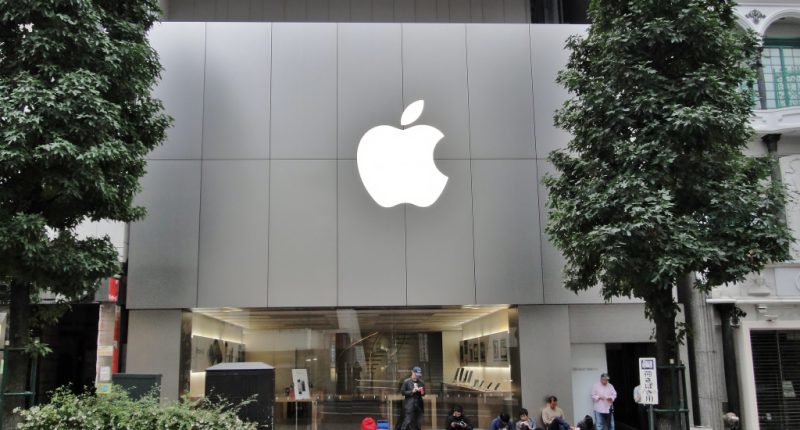Apple is taking steps to mitigate the fallout from the recent escalation of US tariffs on Chinese imports. The Cupertino-headquartered tech titan is now set to increase the import of its iPhones from India to the US. This move aims to alleviate the financial strain imposed by the heightened tariffs (as well as circumvent the tensions regarding the US-China trade war).
Heightening trade war tensions under President Donald Trump, the US has threatened to impose an additional tariff of 50% on Chinese imports. In contrast, imports from India are subjected to a comparatively lower tariff rate of 26%. Given that a major portion of Apple’s manufacturing is based in China (90% of its gadgerty, including the iPhone lineup), these increased tariffs present a challenge to the company’s cost structure, and it is not a surprise that Apple is now looking to navigate this scenario by redirecting a considerable volume of iPhones produced in India to its consumers in the US (the lower tariffs make India a more pocket-friendly importer of Apple devices). In fact, reports suggest that the tech behemoth has already flown five planes filled to the brim with iPhones and other gadgetry from India to the US over the past three days.
For its part, the iPhone maker has been progressively expanding its manufacturing footprint in India over the past few years, collaborating with partners such as Foxconn and Wistron. This initiative aligns with the Indian government’s ‘Make in India’ campaign and the production-linked incentive (PLI) scheme, which have been instrumental in increasing local production. As of 2023, iPhone production in India accounted for approximately 10% of Apple’s global output, marking a significant rise from less than 1% in 2017. The company aims to increase this figure to 25% this year (and the newest tariffs may further escalate this increase).
Trump’s latest tariffs have already started to hurt the tech sector, leading in tumbling stocks and tech companies scrambling to find a solution. For Apple, analysts estimate that the production cost of an iPhone 16 Pro, currently at $580, could surge to $850 if sourced from China under the new tariff regime. By contrast, sourcing from India, with its lower tariff rate, offers a more cost-effective alternative. The issue is that despite the increased production capacity in India, the scale is still insufficient to completely replace Chinese manufacturing in the short term. Moreover, the infrastructure and supply chain ecosystems in India are still developing compared to the well-established networks in China.
So far, the announcement of increased tariffs has resulted in Apple’s stock experiencing a decline of nearly 20% over three trading sessions. Analysts have adjusted their outlooks accordingly; for instance, Daniel Ives of Wedbush Securities reduced his 12-month price target for Apple from $325 to $250, citing the severe repercussions of the “tariff Armageddon.”
The Tech Portal is published by Blue Box Media Private Limited. Our investors have no influence over our reporting. Read our full Ownership and Funding Disclosure →






